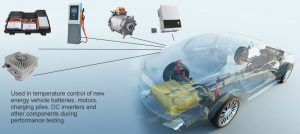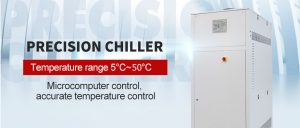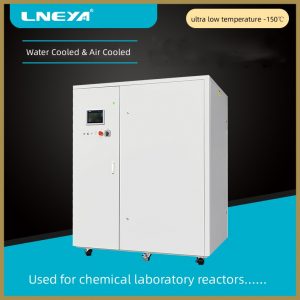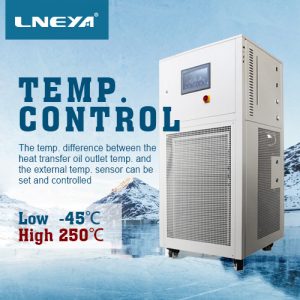Types of Environmental Tests
The environmental chamber is one of the many types of experiments used in scientific research, product development, production and evaluation. The fundamental difference between environmental tests and other tests is that there are specific requirements for the environmental conditions of the tests. Its purpose is to obtain the product material, the change of the structure, function, performance, information of products’ physical response characteristics to the environmental stress and ultimate ability to the environment in specific environmental conditions, simulating the environment, so as to provide a basis for various decisions or take appropriate measures. Therefore, environmental testing is generally not carried out in the familiar living and working environment, that is, under the so-called normal temperature, pressure and often encountered humidity conditions. More scientifically, says it is in the environmental testing standards specified in the standard atmospheric conditions (usually for 15 ~ 35 ℃, 50 ~ 80% RH, 104 ~ 106 kPa) outside under the condition of the experiment, namely environmental chamber.
Types of environmental tests
It is generally believed that environmental test can be used as a means to check the stability of the batch production process and determine whether the product can be accepted before leaving the factory, that is, environmental acceptance test and environmental routine test, which are the means to check the quality of the batch production. In fact, the purpose of environmental testing goes far beyond this range, which is not only the assessment of conformity of the product adaptability to the environment requirements and evaluation means of product environment adaptability, but also a tool to find the environmental adaptability design flaws, improve product design information and a tool that access to products of all kinds of information, so as to get a better use of the product. Thus, it is also a kind of test that makes the products value-added. Because of this, more and more attention has been paid to environmental tests at home and abroad. According to MIL-STD-810F environmental engineering considerations and laboratory test methods and GJB4239 general requirements for equipment environmental engineering, environmental tests can be divided into three categories, namely, natural environmental tests, laboratory environmental tests and operational environmental tests.
관련 권장 사항
-
Automotive Coolant (ELC) Test Benefits and Introduction to coolant conditioner system
1115The cooling system is one of the main components of the engine. Its main function is to protect the engine from corrosion, pitting, corrosion and overheating. It is compatible with different engine materials and lubricates the engine cooling pump....
세부 정보 보기 -
What are the main advantages of oil coolers for the biopharmaceutical industry?
882In the refrigeration system of the oil cooler in the biopharmaceutical industry, the compressor, the evaporator and the condenser are the indispensable parts of the refrigeration system. The condenser is the equipment that emits heat, which combin...
세부 정보 보기 -
냉각 온도 조절기 냉각기가 갑자기 시작되지 않는 이유
1086냉각 온도 조절기 칠러를 사용하는 동안 예기치 않은 상황이 발생하면 다양한 문제를 효과적으로 해결하기 위해 문제를 해결하기 전에 구체적인 이유를 즉시 파악하는 것이 중요합니다. 예를 들어, 재 ...
세부 정보 보기 -
Heat transfer oil cleaning instructions in the heat transfer oil secondary circulation system
1136The heat transfer oil secondary circulation system uses the heat transfer oil as the medium to carry out the refrigeration and heating temperature control. Then, when the user cleans the heat transfer oil in the heat transfer oil secondary circula...
세부 정보 보기
 LNEYA 산업용 냉각기 제조업체 공급 업체
LNEYA 산업용 냉각기 제조업체 공급 업체














